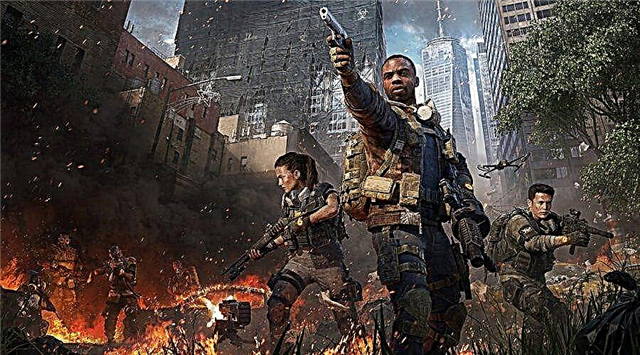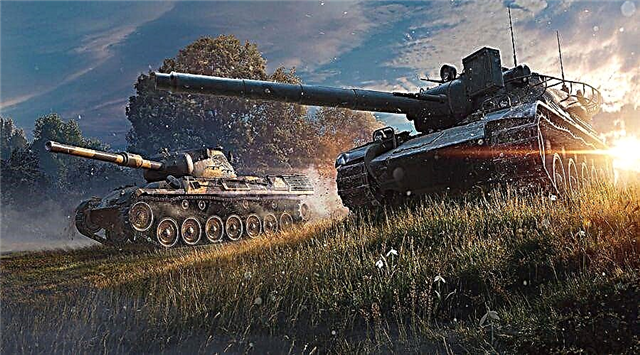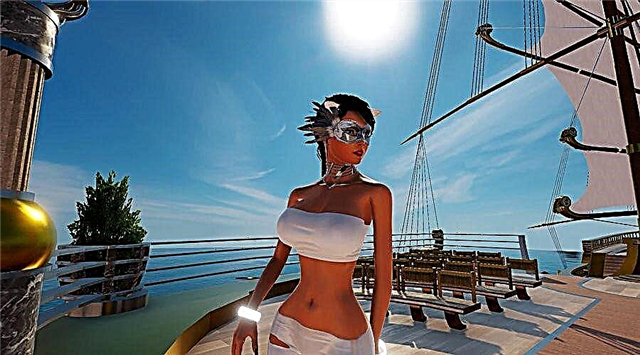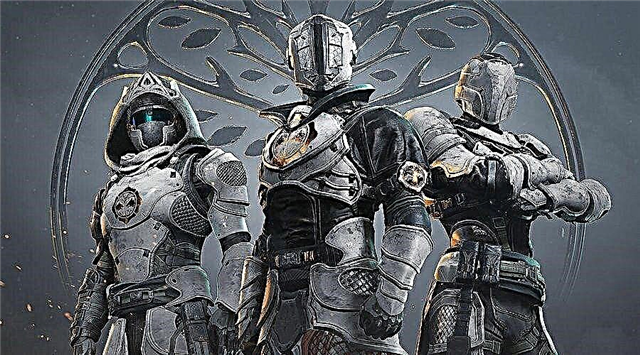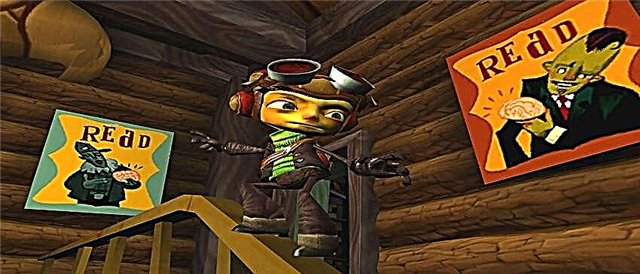
In the early 2000s, there were a lot of unique pictorial game works - some game series received unique sequels. For example, the same Rayman 3: Hoodlum Havoc, and fearless decisions led to the emergence of very sudden "pioneers" - like American McGee's Alice and The Sims. There weren't many big names in the video game industry at this point, but one of them certainly sounded often - Timothy John Schafer. A real painter with an unusual look and creative approach, Tim has worked at LucasArts Entertainment for more than 10 years and is well remembered by gamers for his work on the Monkey Island series and separate projects - Full Throttle and Grim Fandango. The very popular Shafer's games just recently received remasters - if you missed them earlier, then at the moment you can catch up with the fairly tolerant regional price tag in Steam. In 2000, Tim made a difficult decision - he retired from LucasArts, founding his own company in San Francisco under the name Double Fine Productions. Together with Shafer, almost all the professionals of code and game design came there, who trusted him more than the faceless bosses in the ancient place. However, the team consisted of experienced experts, the stakes were very high - the new company was obliged to release its own first idea sufficiently successful to make a name for itself in the economic market, and the realization of the idea of the game took as much as 5 years of development. So, in 2005, the world noticed "Psychonauts", and ... Choked with applause! 88 points on the Metacritic website, a lot of awards, including "Game of the Year" from EuroGamer and even BAFTA 2006 for the best scenario. Is this a cheerful option or a natural result of careful work? Let's get to the heart of the matter together in thirteen years! The video game looks very versatile - on the one hand, the quality of the graphics is quite passable in comparison with competitors, which, most likely, is explained by the long development cycle. But the unique visual image, on the other hand, deserves attention - specifically as a result of him, Schaefer's work was always easy to distinguish others in the background. Large or very small parts of the body, deliberately angular textures and simple miniaturism of the world around us with worked-out textures involuntarily catch the eye. Shafer's signature style and its unique aspect to the design of the game world were noticeable even in the early concept art for the video game. Conversations and music are top notch. When you listen to the communication of the heroes, it is difficult even to announce that the artists who took the role in the voice acting of the game were, at that time, in the bulk of their own newcomers, who once or twice had previously taken the role in small roles on LucasArts' plans. One guest star was Richard Stephen Horwitz, who gave voice to Raz, the main protagonist of the game. He is popular for his voice acting roles such as Alpha 5 in Power Rangers, Greyish Matter in Ben 10, and Zony in the Ratchet and Clank series.
The soundtrack also amuses the listener - beautiful and unobtrusive compositions of 21 pieces were written by Peter McConnell, whom Tim met while working on Grim Fandango and Full Throttle. Initially, the video game was expected to have an active soundtrack, but the level design turned out to be the most suitable for the "1 card = 1 melody" system. As for the gameplay, Alex Navarra from the GameSpot portal spoke very accurately here. He noticed that creativity is felt in every nuance of the game, despite the fact that it is an ordinary platformer. At the same time, the video game is very smooth even at the moment, one piece of advice would be on the ability to connect a joystick to the Pc for ease of control. The video game was released on the computer and the main consoles (PS2, Xbox), and is obviously more comfortable to operate with sticks than with a mouse and keyboard. The main protagonist - One - can really recommend almost everything to a gamer. In addition to the puzzle of his personality, he possesses a whole set of psychological powers that will assist in the passage. The gameplay itself is quite rich, but not very much. The protagonist gets admission to as many as 9 possibilities - this is done evenly and is grounded in the game story, but in the intervals between the steps of the lesson we are given a good taste of the newfound levitation, telekinesis, pyrokinesis, etc. Well, then in a video game there is no such feeling as as if a certain skill was given to you in vain - wandering through the minds of the most diverse heroes, it will be necessary to apply all your own knowledge and skills in battle. Before that, I noted that Psychonauts received the BAFTA award for the best storyline - and this was not just a beautiful gesture from the jury either. Raz's adventures in the camp look rather twisted and full of sudden turns. The emphasis is moderately distributed between the situation of the strange world of the owners of psi-abilities and inter-human relations with the components of the psychic background of the heroes. Tim Schaifer did not forget about the note of brand humor, which is here in the form of reference characters (Misha Bulgakov, Fred Bonaparte) and principled plot parts, like Super Sneeze Powder. All this presupposes a beautiful cocktail of madness, arcade joy and scenario attraction that will rush even the most demanding gamers through the fictional light in the first breath.

